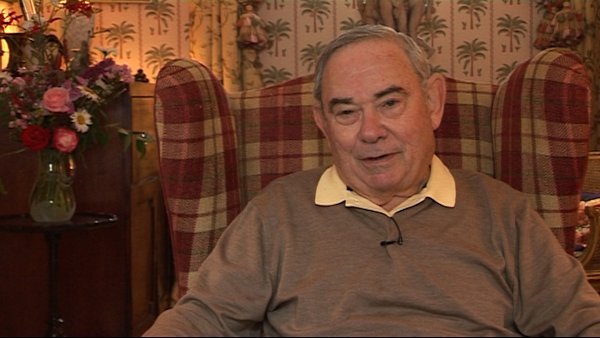NEXT STORY

Why powdered medium couldn't be patented
RELATED STORIES

NEXT STORY

Why powdered medium couldn't be patented
RELATED STORIES



So, David put me in touch with a salesman, who was his contact person at this company, and the salesman became rather interested in my... in my potential resolution of this problem. And he worked with me rather closely for six or eight months, during which time they did indeed ball mill the components of Eagle's media, and after having done that we discovered, to our chagrin, but not a big surprise, that the media did not go into the solution.
There's a technical reason for it that I won't go into in great detail, other than to say that many of the amino acids were what we call salt, either a hydrochloride salt or a sodium salt. The recipe for the media called for the salts to be in one state and not the other. It was simply arbitrary. By changing the salt component of some of these amino acids, and that was either in a hydrochloride state or a sodium state, we got virtually everything to go into a solution, with the exception of one amino acid. I believe it was Cysteine. That one didn't go into a solution, as we later discovered by analysing the undissolved particles that we found after the ball-milling operation, and by changing the chemistry... the salt component of that amino acid, we did indeed get it into a solution.
So now we had what we call powered media, which provided opportunities to resolve this serious problem. First of all, by making a powder, and of course, in a ball mill you could make kilos, or even tons, which occurs with some materials, of a mixture like this. In the early days, of course, we made small amounts, maybe ten kilos or 20 kilos. As time went by the numbers escalated. The company involved was called the Grand Island Biological Company. It's now been absorbed by larger companies, over the years, and the company then made batches of the powdered media for me. It was distributed to several laboratories overseas, including Frank Perkins' laboratory in London, and the problem seemed to be resolved, because the two series of variables were now non-existent.
The first variable was the failure to have a recipe included on how to put things together. The second major variable was the different properties of water used worldwide for the preparation of media. There's enormous variation in PH and chemical composition, etc. So that now it was possible, for example, and I did this several times, for me to fly to London from Philadelphia and have in my breast pocket half a kilo of powdered media, sufficient to make 1,000 litres of media. Of course, I could put this in the post and send it by airmail all over the world, and people would have enough powdered media for months. In addition to which, they were told that this company is now manufacturing this media, and Frank and I are simultaneously testing each lot and after we approve it, it is then released to people, to customers all over the world. That became an industry for this company, and it solved our problems. The result of that was the establishment of the powdered media industry. Now, and in the past 45 years, a rather large industry is valued at several billion dollars.
Leonard Hayflick (b. 1928), the recipient of several research prizes and awards, including the 1991 Sandoz Prize for Gerontological Research, is known for his research in cell biology, virus vaccine development, and mycoplasmology. He also has studied the ageing process for more than thirty years. Hayflick is known for discovering that human cells divide for a limited number of times in vitro (refuting the contention by Alexis Carrel that normal body cells are immortal), which is known as the Hayflick limit, as well as developing the first normal human diploid cell strains for studies on human ageing and for research use throughout the world. He also made the first oral polio vaccine produced in a continuously propogated cell strain - work which contributed to significant virus vaccine development.
Title: Developing the powdered media industry
Listeners: Christopher Sykes
Christopher Sykes is a London-based television producer and director who has made a number of documentary films for BBC TV, Channel 4 and PBS.
Tags: Grand Island Biological Company, Frank Perkins
Duration: 4 minutes, 36 seconds
Date story recorded: July 2011
Date story went live: 08 August 2012